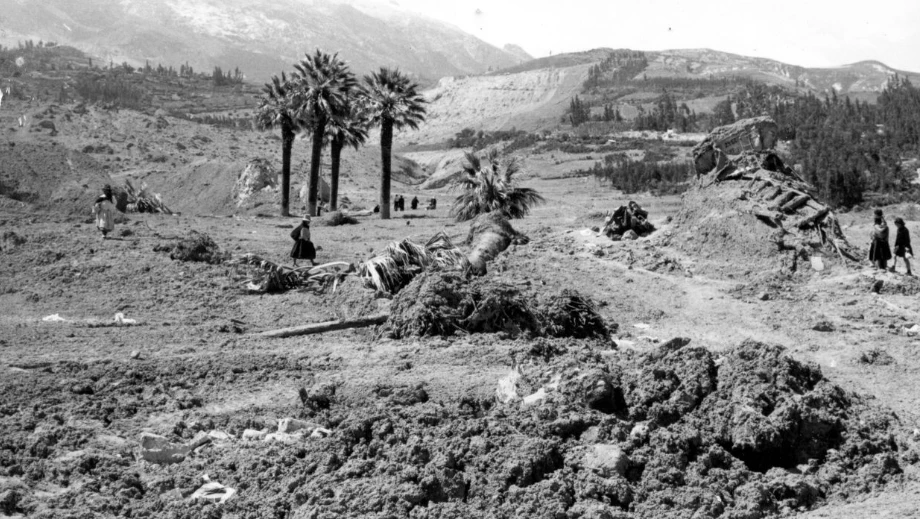
As May 31st comes around yet again, I’m reminded of this date 48 years ago. The peaceful South American country of Peru was going about another normal day… until the clock struck 3:23 pm. Life changed in the blink of an eye, as an 8.0 magnitude earthquake hit the Peruvian regions of Ancash and La Libertad. It was an unimaginable catastrophe.
The town of Yungay, in Ancash, was almost flattened in just 45 seconds — the earthquake smashed homes, schools, and public infrastructure. The shock of the quake destabilized glaciers on the mountain known as Huascaran, located 15 km east of Yungay, causing millions of cubic meters of rock, ice, and snow to come tearing down at high speeds towards Yungay. Within minutes, the city was buried, along with almost 25,000 of its residents, many of whom had run to church to pray after the earthquake.
This “Great Peruvian Earthquake” of 1970 is a landmark in the history of natural disasters. The overall toll was around 74,000 people dead; about 25,600 people declared missing; 43,000 injured; and many more were left homeless, including thousands of children. Only 350 people survived in Yungay — they had climbed to the town’s elevated cemetery, a curious case of the living seeking refuge among the dead. Elsewhere, a circus clown saved 300 children by taking them to a local stadium.
Did nature teach us a lesson? It certainly did. Peru is only one of many countries around the world located in a seismically active zone. The 1970 earthquake was the trigger for creating a national civil defense entity, nowadays known as the National Institution of Civil Defense (Instituto National de Defensa Civil). Over the years, Peru has also been developing a comprehensive, inclusive disaster risk management approach. Since all lessons begin with children, this entity, in partnership with the Ministry of Education and civil society, has successfully implemented disaster risk reduction awareness initiatives among parents and children.
As children, my sisters and I received training in self-preservation in the event of a natural disaster. My father, a disaster risk management specialist, put us through regular drills in our apartment building. Our neighbors called us the “earthquake kids,” and we were probably among the best-prepared children in my community. At a very young age, I remember visiting my grandmother, and discussing with her where she would go in case of an earthquake! Children really are important players in promoting a culture of prevention.
There are obviously countries that take disaster drills for children very seriously, like Japan. But there are those who don’t, and they are too many to list here. Were children prepared during the various massive natural disasters in recent history? If they weren’t, they should have been. I’ve spent almost five years in South Asia, and my legal work has been closely connected with disaster risk management. One of the countries that gave me a pleasant surprise was Bangladesh, a nation that gets pummeled by floods and cyclones every year. Nowadays, civil society in Bangladesh is actively engaging children in disaster risk reduction initiatives. There is, for example, a declaration from 350 Bangladeshi kids made at the first Children’s Disaster Risk Reduction Conference, held in Dhaka last year.
I believe that disaster risk reduction begins at home; and it should start at an early stage. Thanks to our father, we knew what to do, where to go, whom to call, and how to use an emergency tool kit to help ourselves or someone else. We had discussions at home on disaster risk management, so that everyone’s useful suggestions could be integrated into our action plan.
There’s no way we can control nature. But risk mitigation is possible. Children, when they’re properly equipped with knowledge and training, are effective agents of disaster risk management.


Join the Conversation